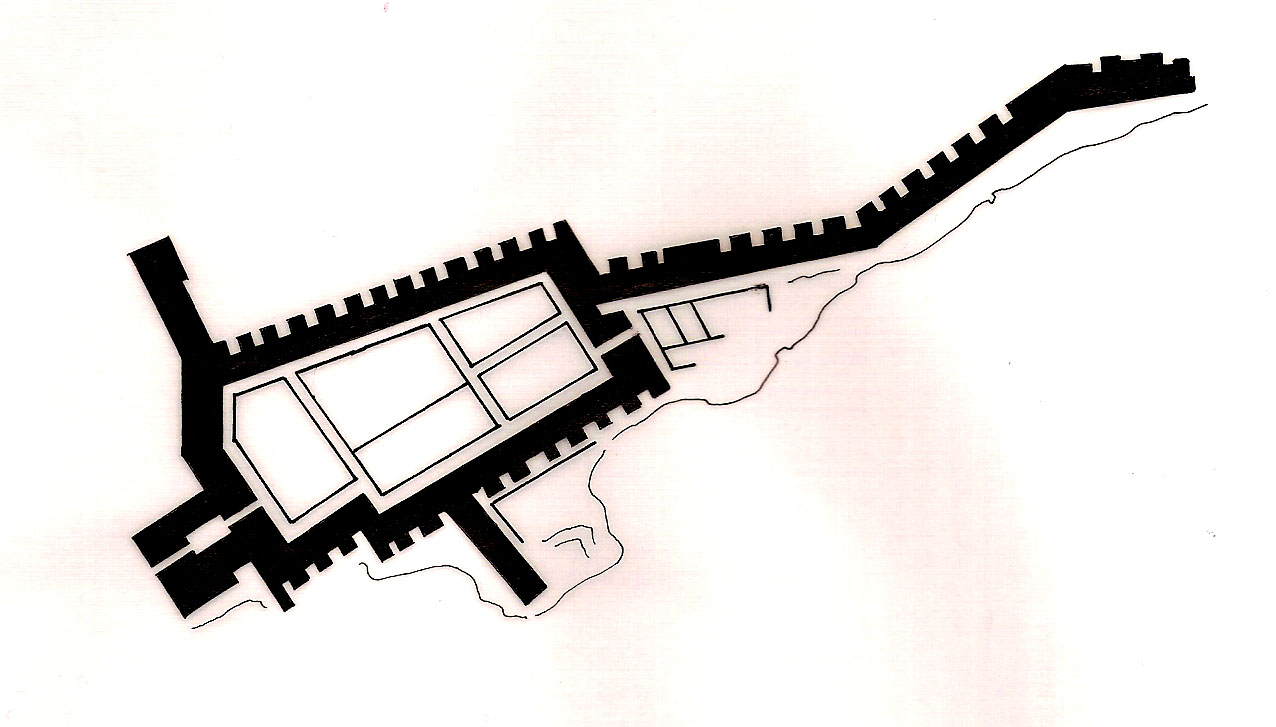Shalfak on:
[Wikipedia]
[Google]
[Amazon]
 Shalfak (originally ''Waf-Chastiu'', "subduing the foreign lands") is an ancient Egyptian fortress once built up on the western shore of the Second Cataract of the
Shalfak (originally ''Waf-Chastiu'', "subduing the foreign lands") is an ancient Egyptian fortress once built up on the western shore of the Second Cataract of the
 Shalfak (originally ''Waf-Chastiu'', "subduing the foreign lands") is an ancient Egyptian fortress once built up on the western shore of the Second Cataract of the
Shalfak (originally ''Waf-Chastiu'', "subduing the foreign lands") is an ancient Egyptian fortress once built up on the western shore of the Second Cataract of the Nile River
The Nile, , Bohairic , lg, Kiira , Nobiin: Áman Dawū is a major north-flowing river in northeastern Africa. It flows into the Mediterranean Sea. The Nile is the longest river in Africa and has historically been considered the longest rive ...
and now an island in the Lake Nubia
A lake is an area filled with water, localized in a basin, surrounded by land, and distinct from any river or other outlet that serves to feed or drain the lake. Lakes lie on land and are not part of the ocean, although, like the much larger ...
in the north of Sudan
Sudan ( or ; ar, السودان, as-Sūdān, officially the Republic of the Sudan ( ar, جمهورية السودان, link=no, Jumhūriyyat as-Sūdān), is a country in Northeast Africa. It shares borders with the Central African Republic t ...
. Set up in the Middle Kingdom under Senusret III
Khakaure Senusret III (also written as Senwosret III or the hellenised form, Sesostris III) was a pharaoh of Egypt. He ruled from 1878 BC to 1839 BC during a time of great power and prosperity, and was the fifth king of the Twelfth Dynasty of the ...
, it is one of a chain of 17 forts which the pharaohs of the 12th Dynasty
The Twelfth Dynasty of ancient Egypt (Dynasty XII) is considered to be the apex of the Middle Kingdom by Egyptologists. It often is combined with the Eleventh, Thirteenth, and Fourteenth dynasties under the group title, Middle Kingdom. Some s ...
established to secure their southern frontier during a time where the Egyptian influence was sought out to be expanded. That is why Shalfak, along with the forts of Buhen
Buhen ( grc, Βοὥν ''Bohón'') was an ancient Egyptian settlement situated on the West bank of the Nile below (to the North of) the Second Cataract in what is now Northern State, Sudan.
It is now submerged in Lake Nasser, Sudan; as a resul ...
, Mirgissa
Mirgissa (originally Iken) was a settlement in Northern state, Sudan. Situated at the 2nd cataract in Wadi Halfa, it contained one of the largest fortresses in Nubia. In the time of Thutmose II, 250 to 450 people inhabited the area. The first E ...
, Uronarti
Uronarti, a Nubian word meaning "Island of the King", is an island in the Nile just south of the Second Cataract in the north of Sudan. The primary importance of the island lies in the massive ancient fortress that still stands on its northern end ...
, Askut
Askut (also known in ancient Egypt as Djer-Setiu) was an ancient Egyptian island fortress in the Middle Kingdom on the Nile, which was built for the purpose of securing the border to Nubia. Since the completion of the Aswan High Dam, the island has ...
, Dabenarti Dabenarti is an island in Sudan, situated in the middle of the Nile near the 2nd cataract. It is close to Mirgissa, from its east wall, and about south of the Buhen fortress. A fortress on the island was attributed to the Egyptian Nubian peri ...
, Semna
The region of Semna is 15 miles south of Wadi Halfa and is situated where rocks cross the Nile narrowing its flow—the Semna Cataract.
Semna was a fortified area established in the reign of Senusret I (1965–1920 BC) on the west bank of the N ...
, and Kumma, was established within signalling distance of each other.
The fortress occupies a roughly triangular area of about 1800 m2, adapted to the available ground. Its massive mudbrick
A mudbrick or mud-brick is an air-dried brick, made of a mixture of loam, mud, sand and water mixed with a binding material such as rice husks or straw. Mudbricks are known from 9000 BCE, though since 4000 BCE, bricks have also bee ...
wall still stands up to 6 metres high and 8 meters thick. Three spur walls, towards the north, west and east, complete the fortification system. The eastern wall protects a stairway leading down to the river to ensure access to a water supply in the case of siege. The internal structures are very well preserved including a command building, barracks, workshops, storerooms and a granary arranged in a grid plan.
Excavations were conducted in February and March 1931 by a team of the Harvard University
Harvard University is a private Ivy League research university in Cambridge, Massachusetts. Founded in 1636 as Harvard College and named for its first benefactor, the Puritan clergyman John Harvard, it is the oldest institution of higher le ...
and the Museum of Fine Arts Boston
The Museum of Fine Arts (often abbreviated as MFA Boston or MFA) is an art museum in Boston, Massachusetts. It is the 20th-largest art museum in the world, measured by public gallery area. It contains 8,161 paintings and more than 450,000 works ...
under Noel F. Wheeler. Since 2017, a team under Claudia Näser from University College London
, mottoeng = Let all come who by merit deserve the most reward
, established =
, type = Public research university
, endowment = £143 million (2020)
, budget = ...
is excavating again.Claudia Näser: ''Shalfak: a Middle Kingdom fortress in Lake Nubia'', in ''Egyptian Archaeology'' 52, Spring 2018, pp. 4-9
References
Archaeological sites in Sudan Fortifications in Africa {{Africa-archaeology-stub